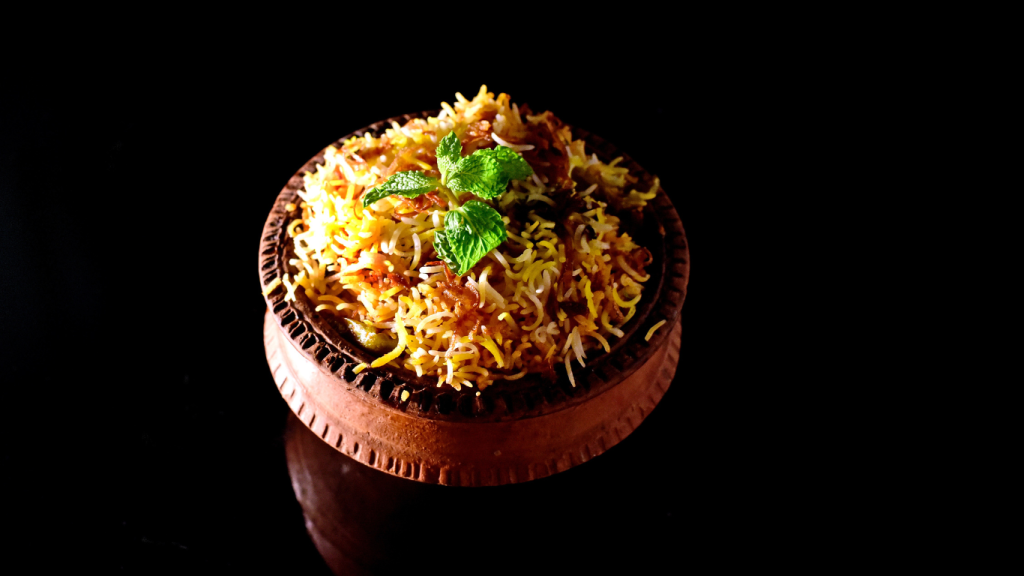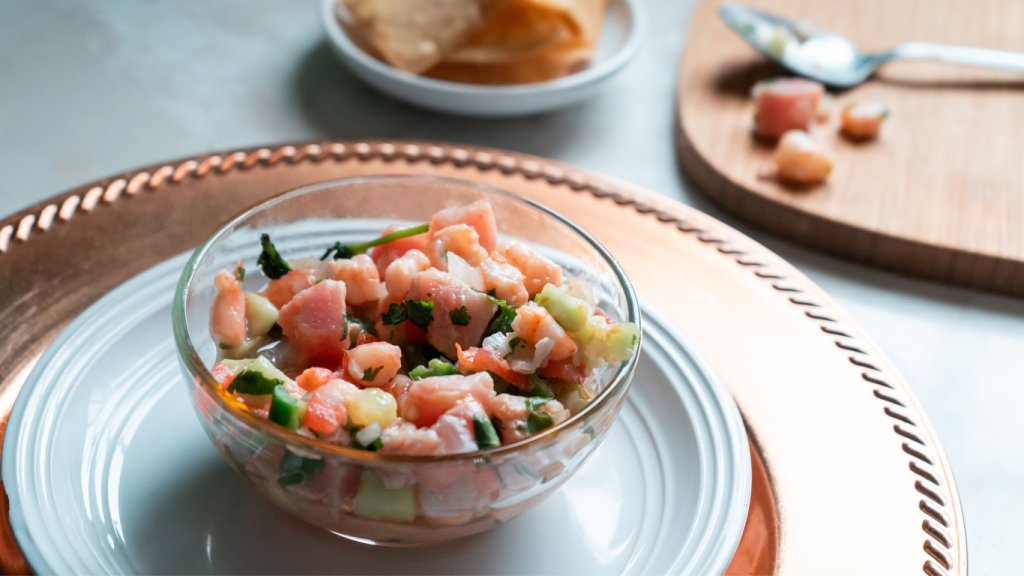In the mid-70s, I was introduced to another version of Cuban cuisine, Cuban-Chinese, at an Eighth Ave. landmark in Manhattan’s Chelsea district, a converted diner called Mi Chinita. It was a hangout for artists and taxi drivers because a great meal was so inexpensive. Cuban-Chinese food evolved because during the 19th century, Europeans abolished slavery, and the French, British and Spanish desperately needed sugar cane workers. Consequently, the Chinese were brought to Cuba as indentured laborers, much as they came to the American West to build the railroads.

The Cuban-Chinese community of 60,000 fled to New York and Miami when the Revolution unfolded; only 1 percent of Cuba’s population today is Cuban-Chinese. Despite Havana’s large Chinatown, the cuisine itself has disappeared there, dwindling in New York and vibrant only in Greater Miami.

My life once again intersected with Cuba when our family gained my Cuban-American brother-in-law. His family, with roots in Spain, fled because the Revolutionary government appropriated the historic building housing their pharmacy and home. The only salve that reawakens happy memories in Cuban exiles, I’ve learned, is the flavor of its food and the sounds of its unique music. Thus, my life now intersects with Cuba primarily in restaurants.








